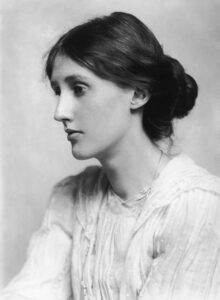my title
section 1
Edit your exhibit with your reader in mind: your style should favour shorter sentences and sections with subheadings; the visual appeal of your exhibit should come from the combination of image and text as well as the variation of type size and font, lines, spacing, etc.
Section 2
An unrelenting block of text can be hard to read on screen. For visual relief, you can:
o Divide your text into several short sections by adding Headings
o Wrap text around an image, or anchor the image to the left or right.
For your Headings: highlight the text for your heading and go to the box in the upper left
corner of the Editor, click the arrow icon and choose “Heading 3.”

Heading 3
for large Quotations: keep the text in its own paragraph, put quotation marks around it,
highlight the whole quote and make it Bold, then choose a text colour in the Editor (the
icon has a Capital A with a line under it).
To make a part of your text a Link: highlight it, the click on the Insert/Edit link icon
(looks a little like a bicycle chain), then add the URL of the link.
When adding Works Cited: you can use a bulleted list by clicking on the icon in the
upper left of the Editor. You do not need to hang indent for the Digital Exhibit.
2. SAVING YOUR EXHIBIT
As you work on the exhibit you can save it by clicking the Save Draft button (on the
right-hand side of the screen)
Make sure the Status of your exhibit (on the right-hand side of your editor view) remains
set to “Draft” until you are ready to submit your assignment
